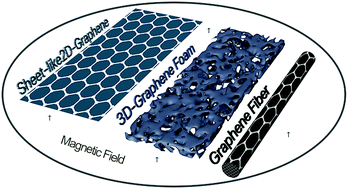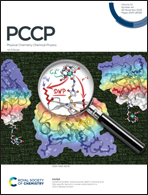Unusual magnetotransport properties in graphene fibers
Abstract
Graphene, purely sp2-hybridized, has already been extensively studied for magnetoelectronics, however, the magnetotransport properties of graphene fibers (GrFib) have not been explored very well to date. Herein, unique magnetotransport properties of graphene fibers are detected. All the GrFib-samples show the highest positive magnetoresistance (MR ∼ 60%) at room temperature (300 K) that gradually decreases (MR ∼ 37%) at low temperature (5 K), indicating quite different behavior for a graphene derivative. The MR of three different morphologies are compared: single graphene sheet (60–100% at 300 K and 100–110% at 5 K under an applied magnetic field of 5 T), graphene foam (GF-100% at 300 K and 158% at 5 K under an applied magnetic field of 5 T), and graphene fiber (60% at 300 K and 37% at 300 K under an applied magnetic field of 5 T), and found that each morphology has a different magnitude of MR under similar magnitude of magnetic field and temperature. Unlike graphene and GF, GrFib shows a decreasing trend of MR at low temperatures, violating commonly used weak anti-localization phenomena in graphene. Technologically, each morphology of graphene has a unique set of magnetotransport properties that can be considered for particular magnetoelectronic devices depending upon the mechanical, electrical, and magnetotransport properties.



 Please wait while we load your content...
Please wait while we load your content...